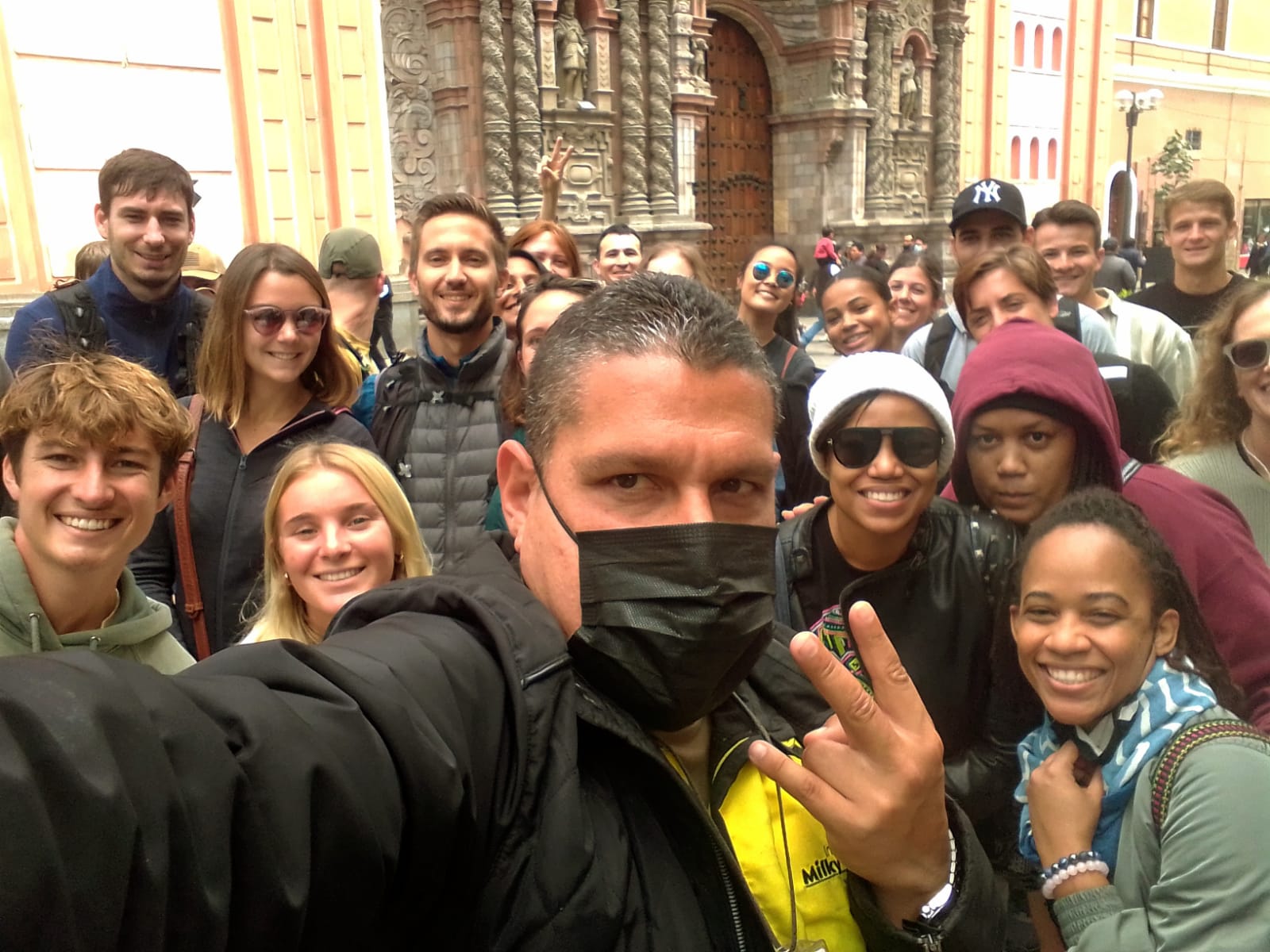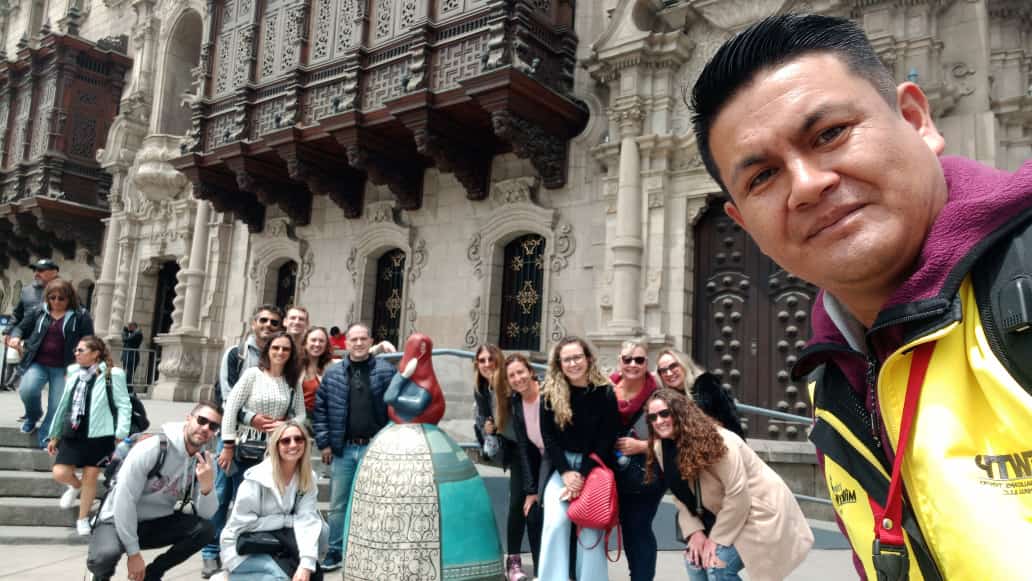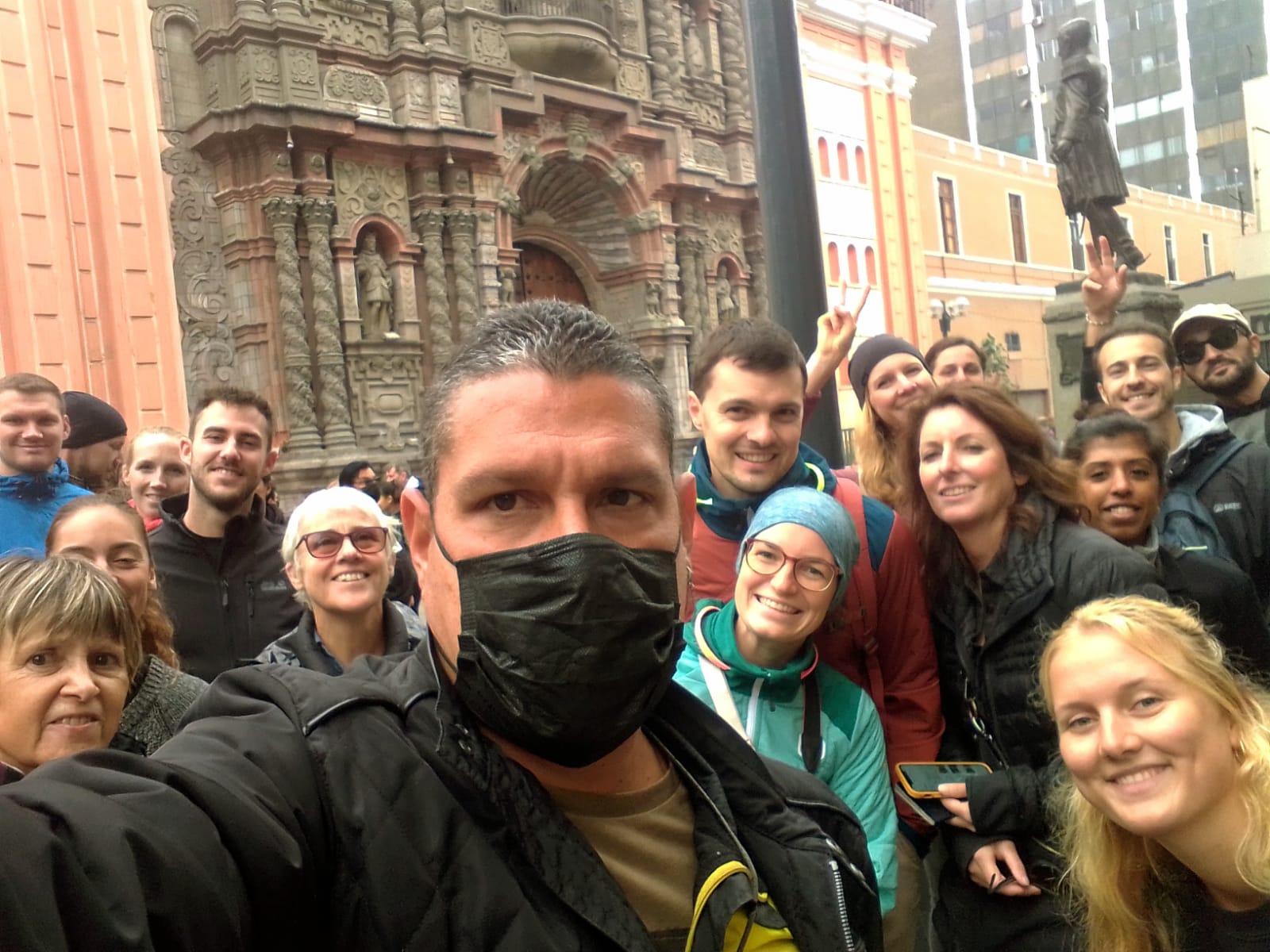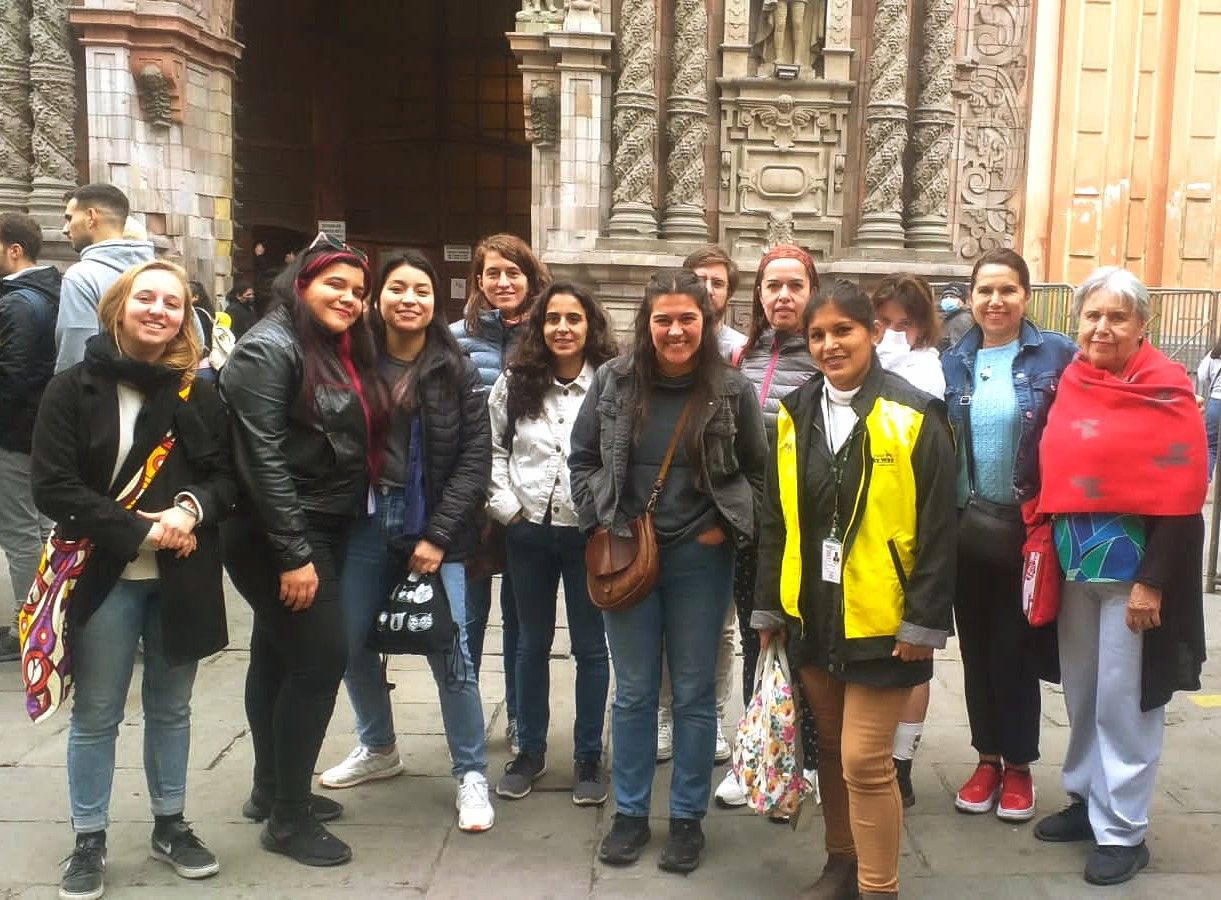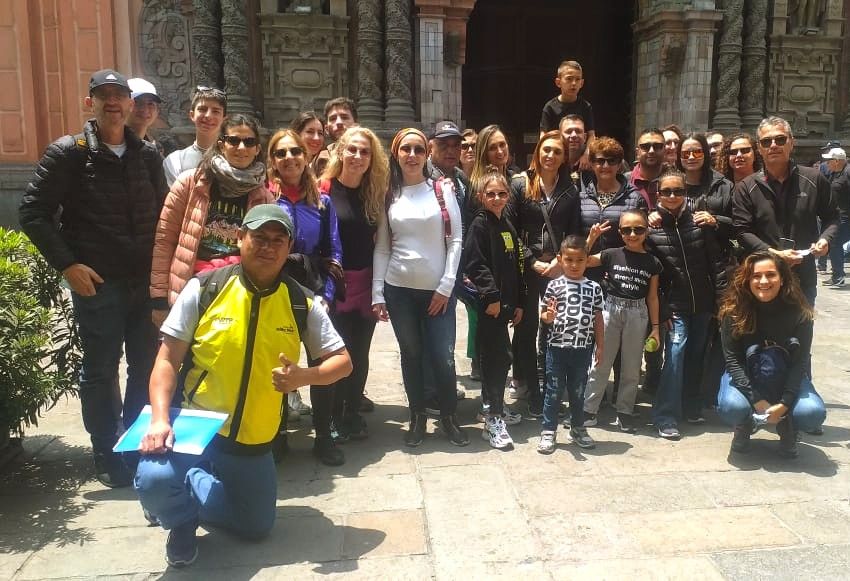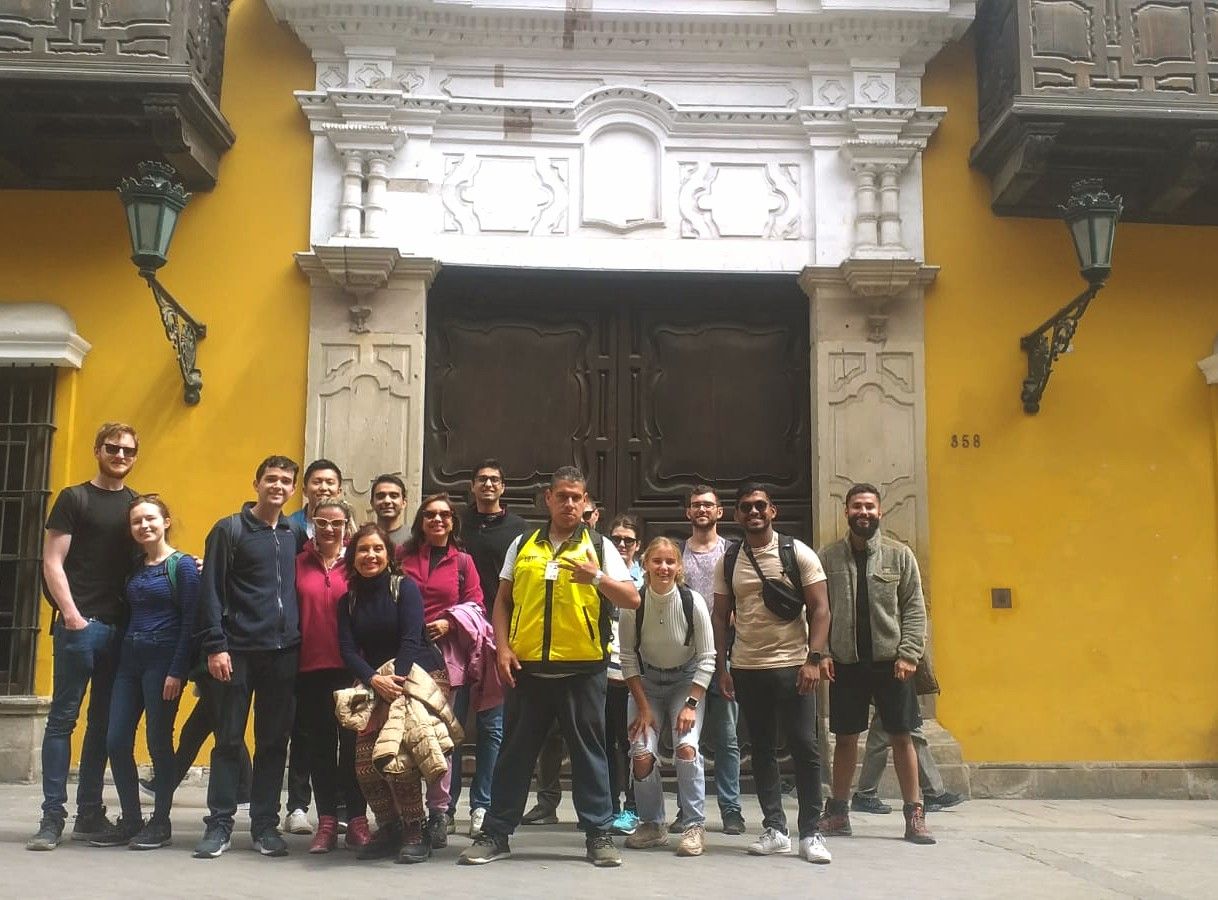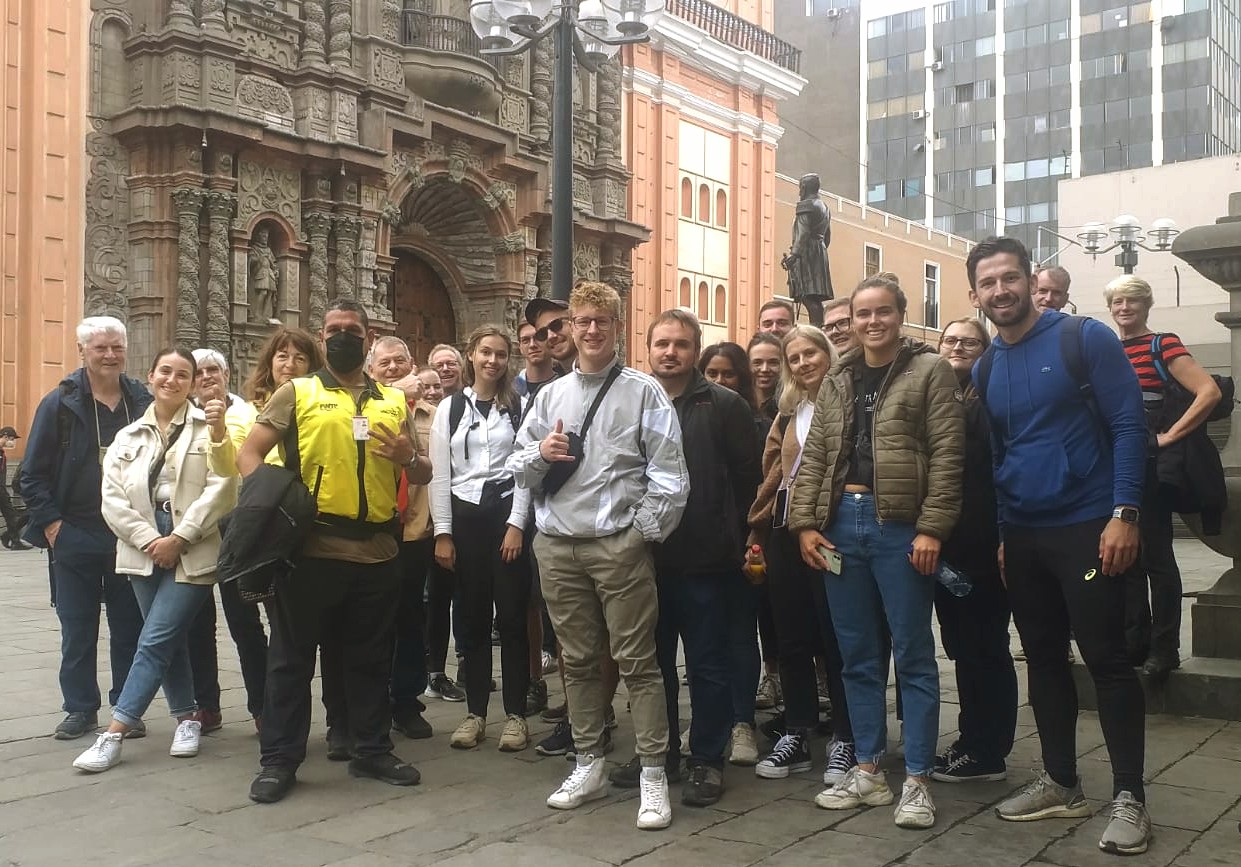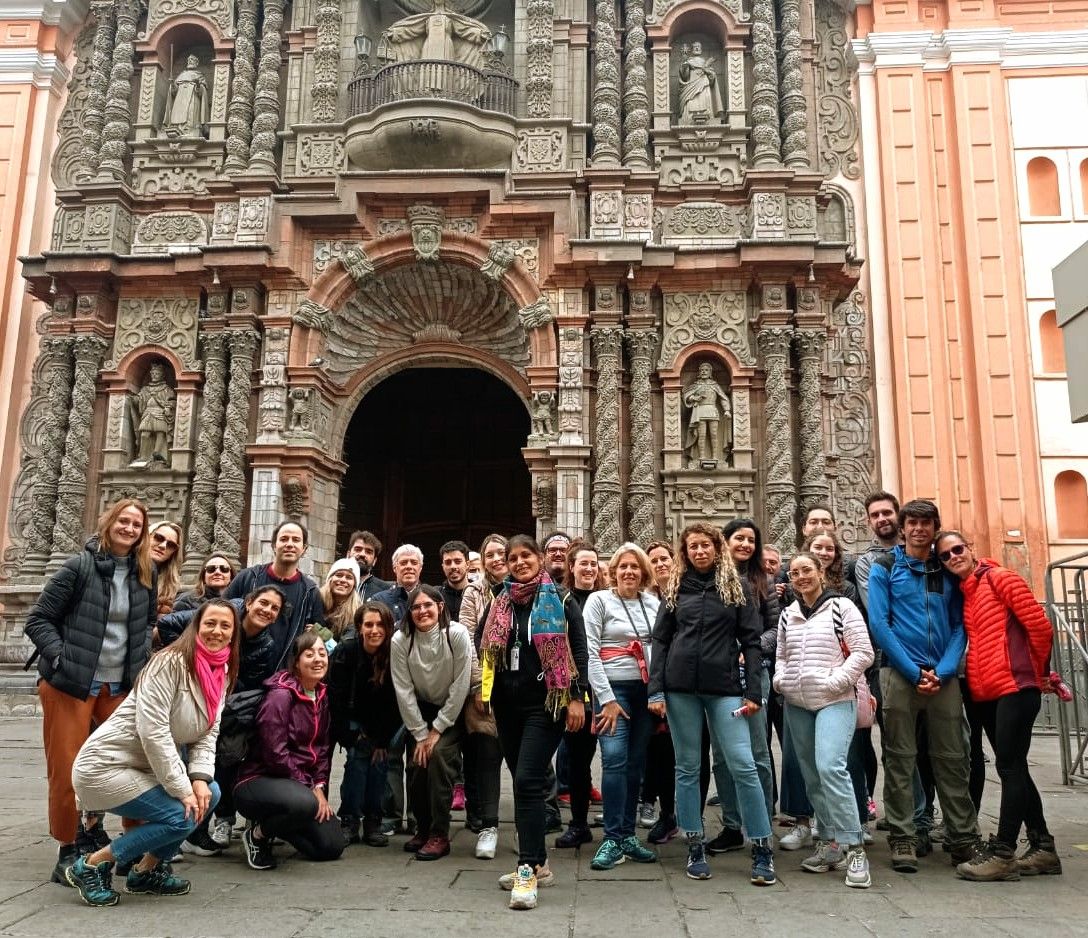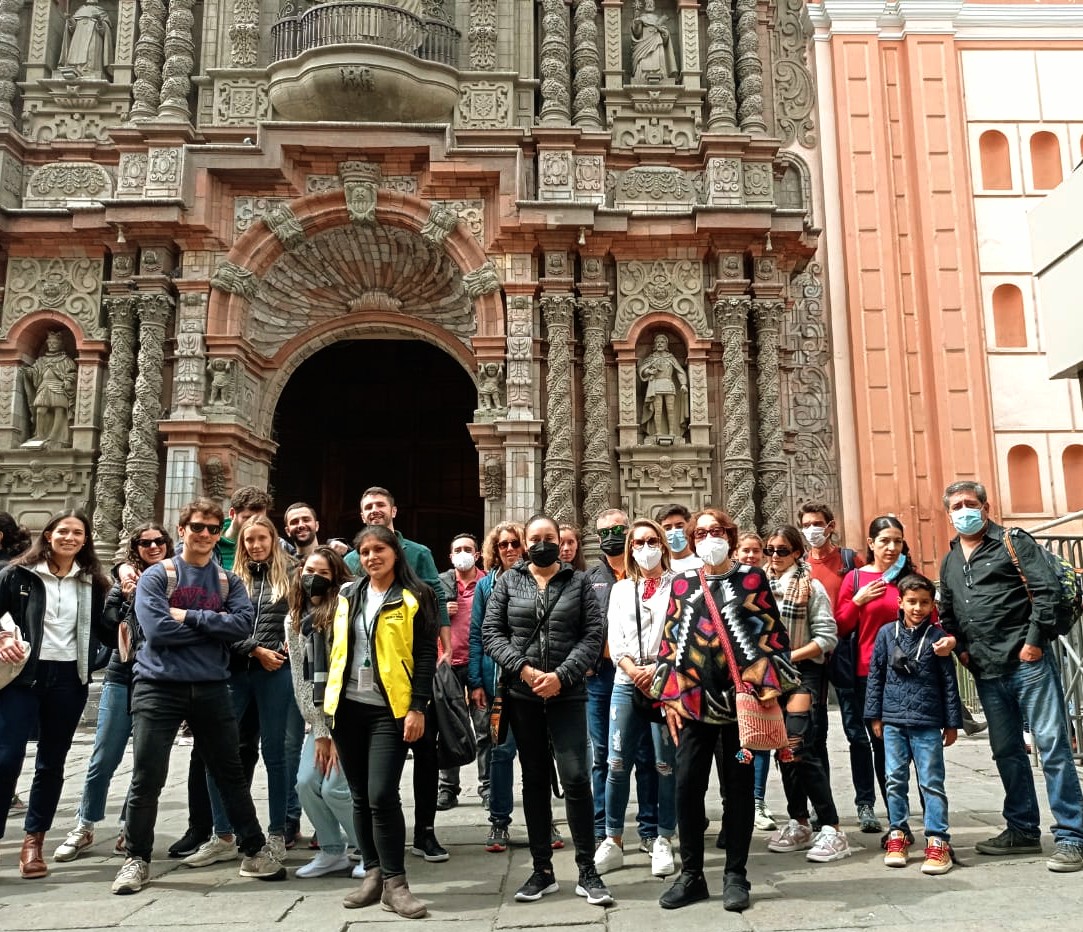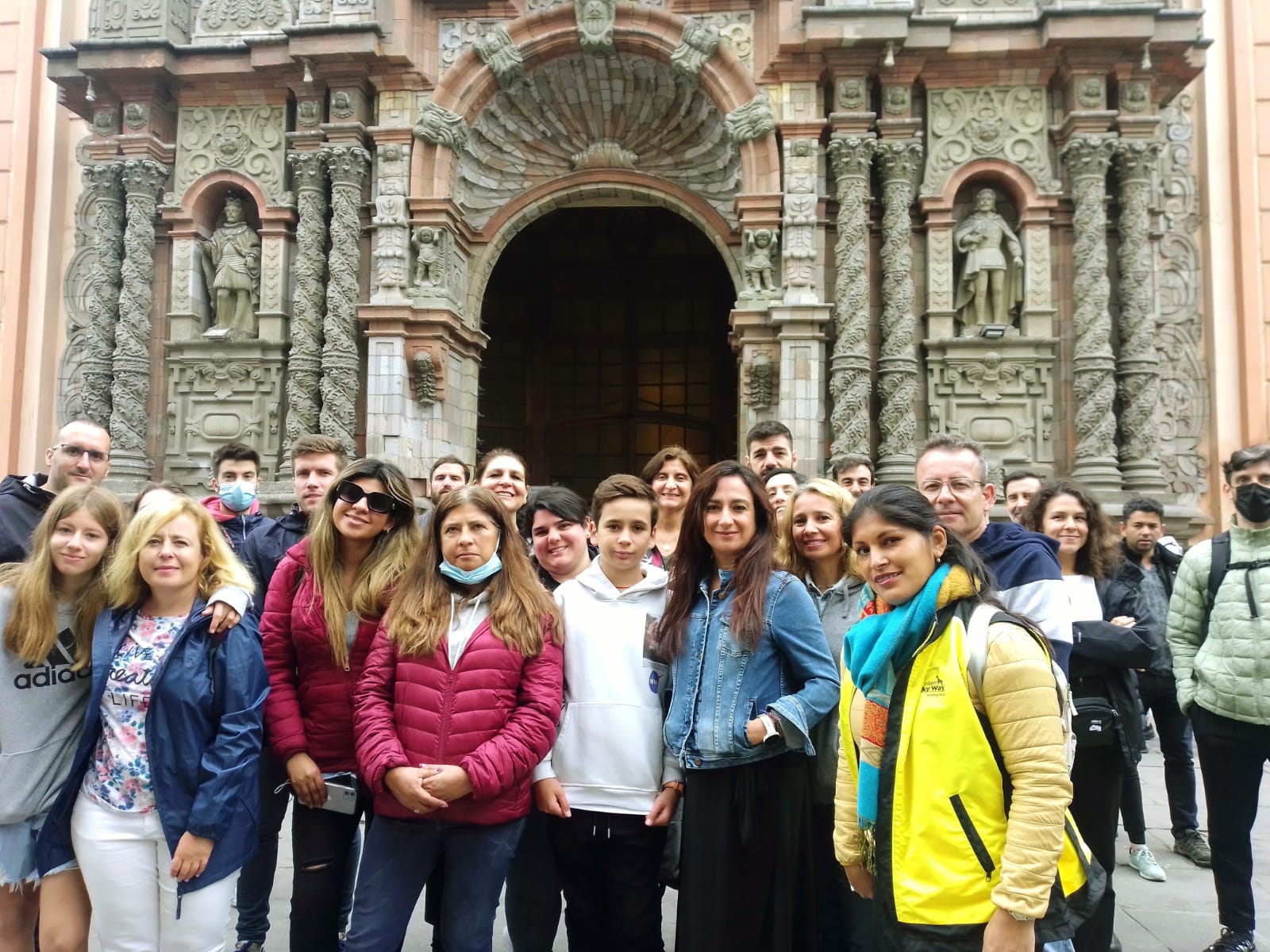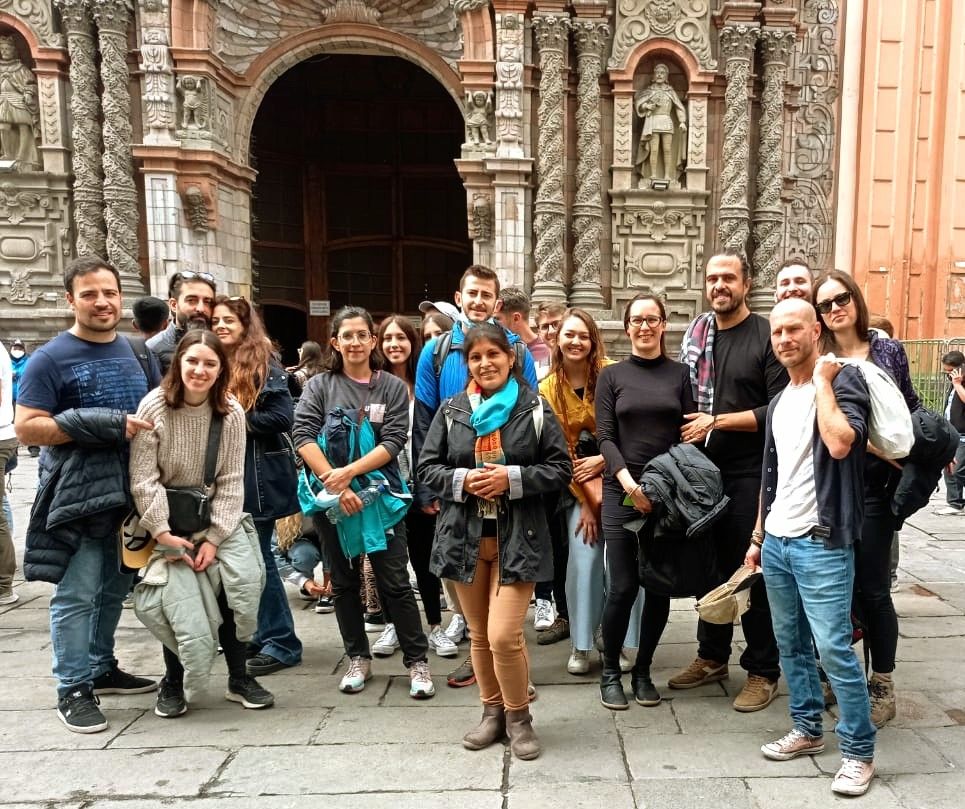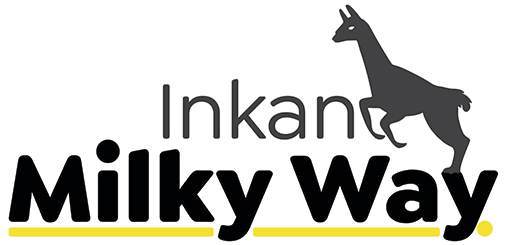Lima is home to a large number of museums that explore all aspects of Peruvian culture. For example The Larco Museum displays an extensive archaeological collection from ancient civilizations mainly from the norther part of Peu. Another choice is the Museum of the Inquisition that allows visitors to see one of the few inquisition rooms left in Latin America, you can also visit in Lima the Gold Museum, Museum of Anthropology and Archeology, etc.
Then take a look at the 7 best museums that you should not miss when visiting Lima.
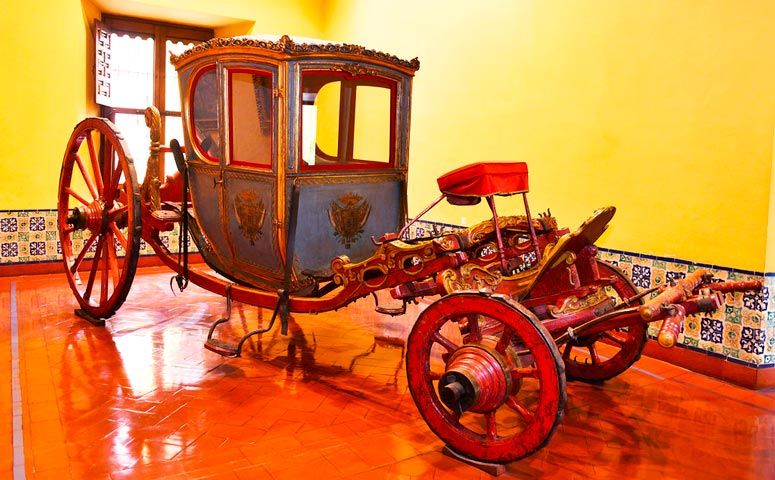
There are numerous museums in Lima, so below I will present you the 7 best museums that you should not miss when visiting Lima.
Contents
1. Larco Museum
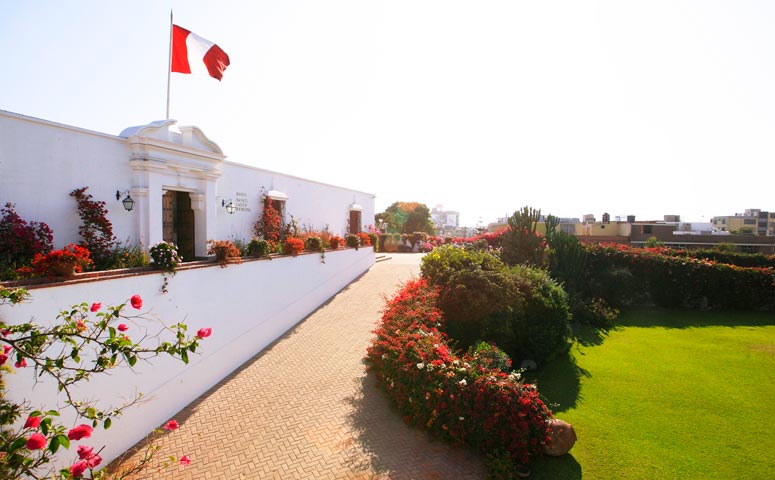
The Larco Museum is a private museum located in Lima and was founded in 1922 by Rafael Larco Hoyle, a Peruvian businessman.
The Larco Museum dispays and incredible Collection from the Pre-Columbian civilizations such as Moche, Chimú, Nazca and Inca and colonial pieces from Peru, Bolivia, Ecuador, Chile, Colombia and even Mexico.
1.1 Larco Hoyle Collection
- This museum has one of the largest private collections of pre-Columbian artifacts in Latin America, a collection over than 20,000 pieces and covers a wide range of periods and styles.
- The collection includes many pieces that were recovered from looting or archaeological “looting” and some, as Larco Hoyle said, were given to him by the governments of other countries.
- Among the objects, the most outstanding object is the Mochica portrait glass, also known as “Priest’s Head”, this ceramic was donated by his father.
- There are also objects related to the Jesuit missions in the south of Peru.
1.2 Details:
- Location
- Prices:
- Plain ticket: S/. 35.00
- Elderly people: S/. 30.00
- Students: S/. 17.00
- kids can access for free
- Schedule
- From 10:00 a.m. to 7 p.m.
2. Museum of Casa José Carlos Mariátegui
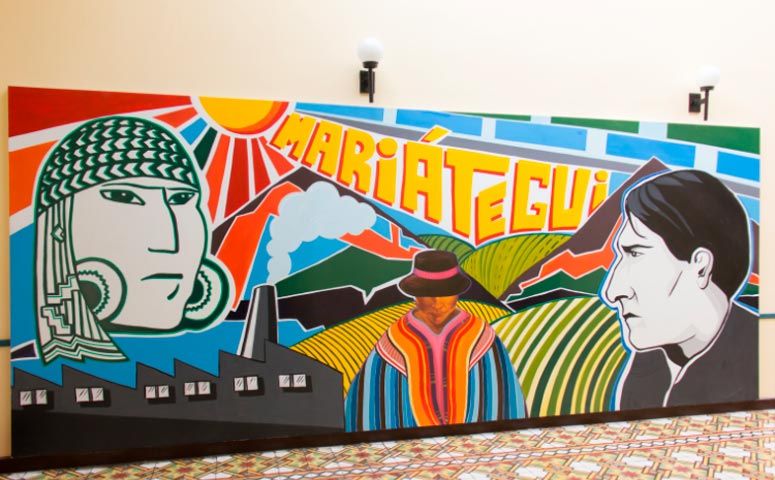
The José Carlos Mariátegui Museum is a cultural space that exhibits the life and works of the most influential Marxist writer in Peruvian literature.
The House was built in the 1930s and was inaugurated as a museum in 1994. In this house he published his famous works such as: The Amauta Magazine and the 7 essays on the interpretation of Peruvian reality.
2.2. What to see?
Historically this house was the scene of important intellectuals who met in this place, one of the most symbolic environments that you will be able to appreciate is the so-called red corner.
The museum has three exhibition halls, a library with more than 10,000 books, and an art gallery that exhibits paintings by Peruvian artists.
2.3 Details:
- Location
- Prices:
- Free
- Schedule
- From 9:00 a.m. to 5:00 p.m.
3. The Art Museum of Lima
3.1. Description
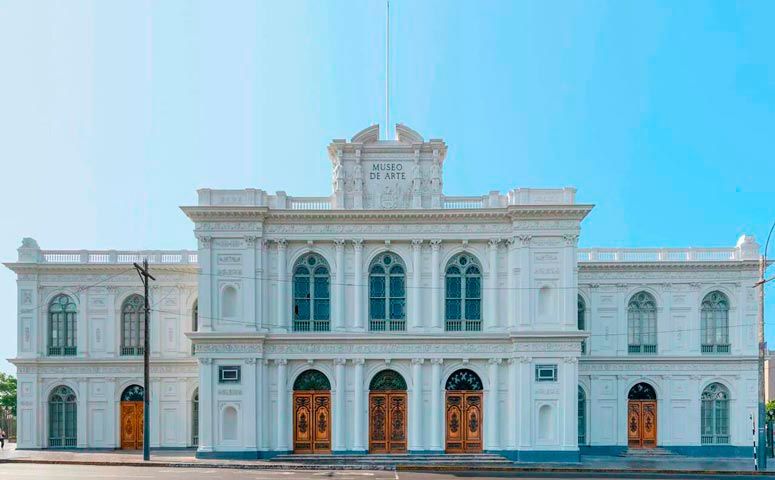
- The Lima Art Museum was founded in 1961 in order to create an artistic space in Peru.
- In the 1950s, exactly in 1954, a group of citizens and intellectuals came together and formed the Patronage of the Arts in order to give the country a specialized arts museum.
- And in 1955 the Municipality of Lima ceded the Palace of the Exhibition, which is a Renaissance-style construction that was built on the occasion of the great national exhibition at the end of the 19th century in 1872.
3.2. Collections and Curatorial Rooms
There are in total 29 curatorial halls, which dispay the disseminating and raising awareness of the enhancement of the museum’s works. Some of those curatorial art rooms are the followings:
- Pre-Columbian art
- Colonial art
- Republican art
- 20th and 21st century art
- Contemporary art
- You will also see the foundational collection of Javier Prado Ugarteche
- Vaca Flor Collection
- Petrus Collection
- Veronica fernandini Collection
- Photographic collection that includes works by Chambi and the Vargas Brothers, among others.
3.3 Details:
- Location
- Prices:
- Students: S/. 15.00
- Adults: S/. 30.00
- Elderly people: S/. 25.00
- Schedule
- From 9:00 a.m. to 10:00 p.m.
4. Monumental Museum of the Inquisition
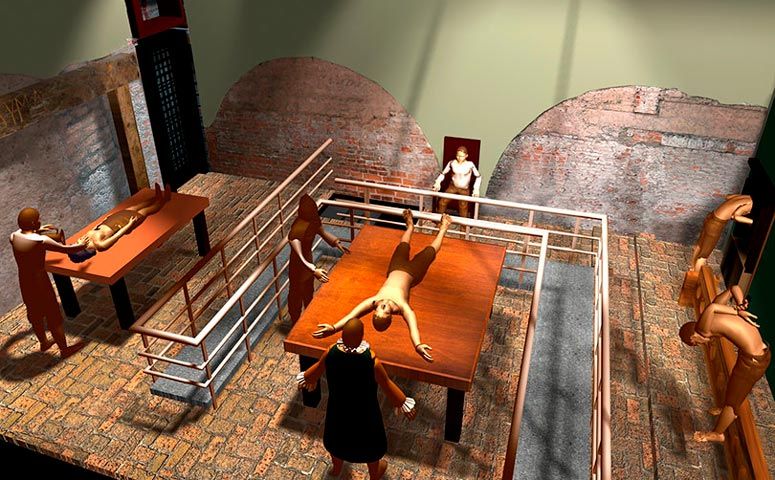
- This museum aims to show the process of the Holy Inquisition court in Peru and has a collection of objects that belonged to prisoners accused of heresy and other religious crimes.
- The cells that show how prisoners were treated during the Inquisition are also preserved.
- The building is neoclassical with architectural manifestations of the colonial era.
History
- In 1968 the Monumental Museum of the Inquisition opened its doors in Lima.
- The catholic law court worked from 1569 to 1820 and was ordered to be built by King Felipe II and our Viceroy was Francisco de Toledo
- This court only executed Spaniards, Creoles, mestizos and black slaves but indigenous population, because these were neophytes or were considered by the catholic church innocent souls who knew neither God nor the devil.
- In this museum you will observe the staging of torture and the exact place where one of our Presidents of Peru know as Manuel Pardo died.
The Courtroom
Inquisitorial processes were held here with a notary, a secretary and executioners.
The Chamber of torment
- When the oral instances ordered by the inquisitor wouldnt work, next would coem the torture fo the prisoners.
- Here you can see the torturing tools such as the Potro and the Garrocha, you can also see the method of drowning with water.
- There was always a doctor during the torture.
- It is worth emphasizing that in this room it was forbidden to spill a drop of blood.
The Inquisitor
- He was an autonomous figure who prosecuted and sentenced those guilty of heresy.
- In Peru, 1,477 people were brought to trial, from which 32 were sentenced to death by burning or garrote to purify their souls.
Details:
- Location
- Jr. Junín 548, Centro Histórico, near plaza Simón Bolívar
- Price
- Free
- Schedule
- 9:00 am to 5:00 pm
5. Museum of Gold of Peru and Weapons of the World
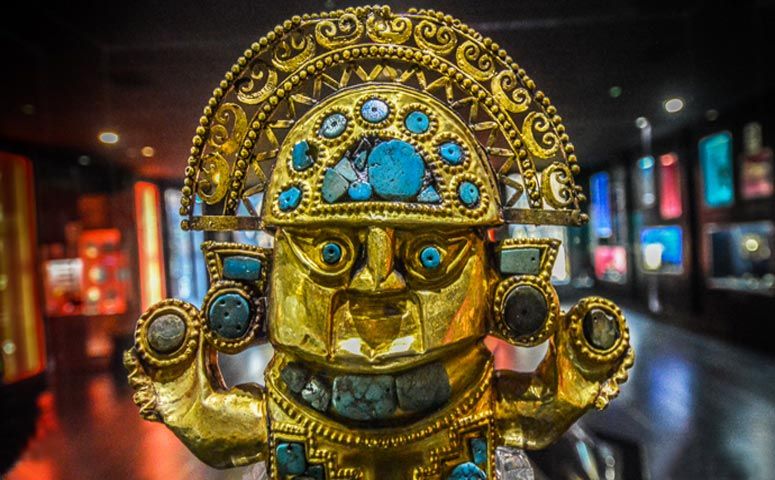
- The Gold Museum of Peru was founded by a businessman and diplomat Miguel Mujica in the mid-1950s.
- In this museum we will find a collection of more than 8,000 pieces of gold and other precious metals from pre-Inca civilizations.
- Miguel Mujica first acquired the real gold Tumi.
- The purpose of Miguel Mujica was to rescue the prehistoric pieces from the looters so that they are not brought outside of Peru and sold in the black market.
5.1 Gold Collection
- One of the most precious collections is the 9 Tumi Collection with the representation of the mythical character know as Naylamp; many of the pieces are made of silver and gold that represent the Andean duality.
- The museum has different halls where they exhibit many collections such as
- The Gold and Silver Vases Room, in this room they also show the gold pitchers.
- The Mummy Room.
- The Copper Room where you can see pre-Hispanic stone tools and goldsmiths.
- Apart from the gold pieces, there is also an immense variety of pre-Columbian ceramics and fabrics.
5.2 Weapon Collection
- The collection of weapons was the first collection of the diplomat Miguel Mujica, those objects were acquired basically for a collecting purpose. Weapons throughout time were used for hunting, self-defense, law enforcement, and warfare.
- This museum is considered the most complete in the world with around 20,000 war pieces from different parts of the world and different eras.
- We can find horse mounts, armor, cannons from the American Civil War of 1861, carbines, rifles, knives, pairs of dueling pistols from 1855, katanas made of ivory and steel, samurai suits and uniforms, among which a French uniform of the 19th century stands out.
5.3 Details:
- Location
- Price
- Adults: S/. 33.00
- Kids: S/. 16.00
- Schedule
- 10:00 am until 6:00 pm
6. Convent of San Francisco and Catacombs
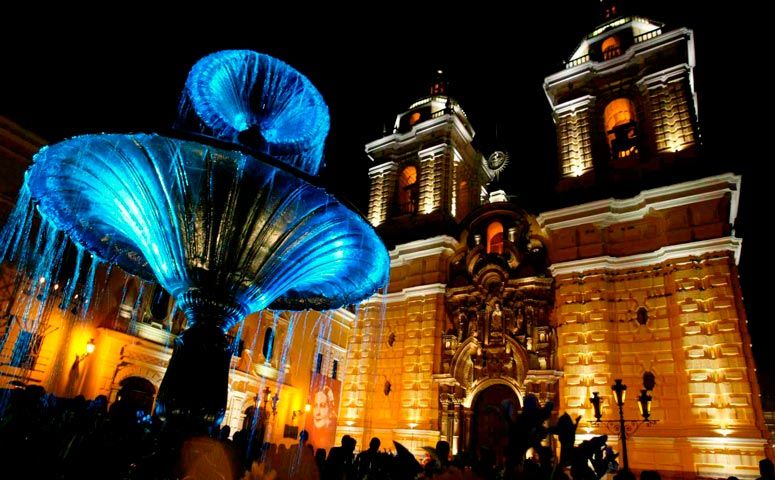
6.1 History
- It was built in 1672 by the Franciscan order and is one of the most important religious buildings in Lima city.
- The convent has a library, museum, art gallery and choir.
6.2 Halls and cloisters
The convent has the penance hall, chapter house, a baroque-style altar that was later changed to a neoclassical style, the refectory and the main cloister.
6.3 Gallery
- The art gallery is distributed throughout the museum and it houses 39 canvases in the main cloister that show the life of Saint Francis of Assisi painted in 1671.
- In the refectory you can see 15 canvases of the life of Jesus by the painter Francisco de Zurbarán
6.4 Library
The library keeps in its archive 25,000 books written in different languages.
6.5 Catacombs
- The catacombs are underground passages that were used as burial chambers in colonial times.
- You can visit them through a door or ladder that leads to an opening on the surface.
- The catacombs were exclusively for middle and upper class people in colonial times.
6.6 Details:
- Price:
- Adults: S/. 15.00
- Students: S/. 8.00
- Kids: S/. 3.00
- Schedule
- 8:00 am until 5:00 pm
7. Natural History Museum of Lima
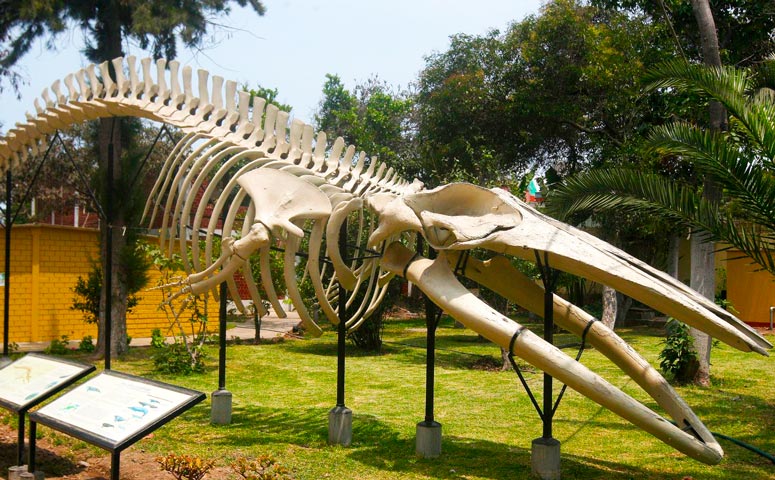
The Natural History Museum of Lima belongs to the National University of San Marcos and has been open since 1918 and is dedicated to dissemination and research.
7.1 Collections
- The Natural History Museum of Lima has a collection that includes zoology, paleontology and a botanical garden.
- The museum also has an exhibition hall with more than 1,000 square meters.
- The collections show dissected animals from different periods, whether they are land animals, birds and fish.
- It is worth emphasizing that Peru has a wealth of ecosystems within our 3 natural regions: The coast, the mountains and the jungle; which provide us with a variety of fauna.
7.2 Colección paleontológica
- The paleontological collection is what definitely stands out in this museum.
- Paleontology studies the journey extinct animals that existed on the earth.
- In this room you will find the only one skull in the world of a creature called leviathan that is still under investigation.
7.3 Details:
- Price:
- Adults: S/. 10.00
- Students: S/. 5.00
- Elderly: Free
- Schedule
- 10:00 am until 2:00 pm
If you are in Lima, book with us the best free tour Lima, book here, check our photos on Instagram and see comments below:
Note for Peruvians: Our free tours are only for non peruvian tourists. if you are peruvian, you should book our classic city tour of Lima + Miraflores.
